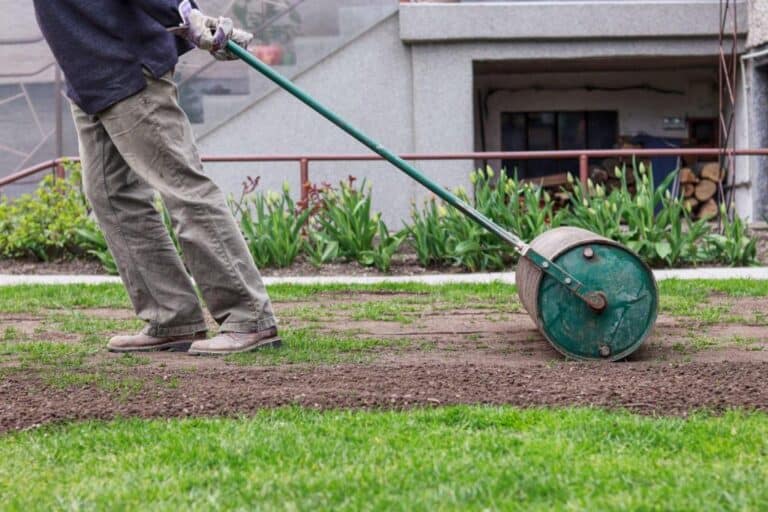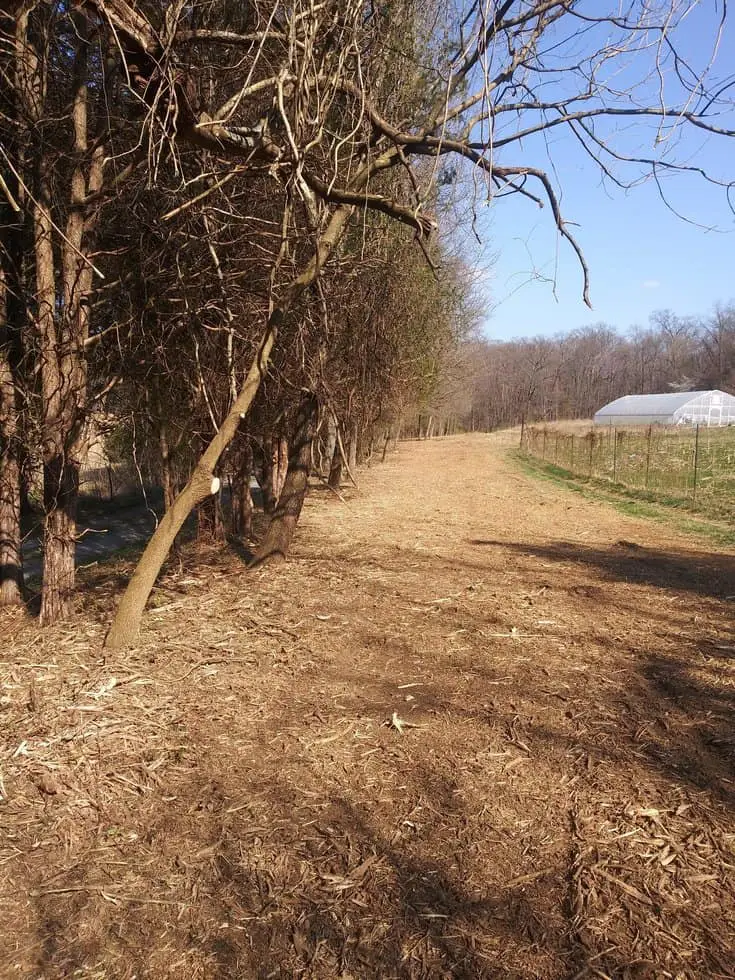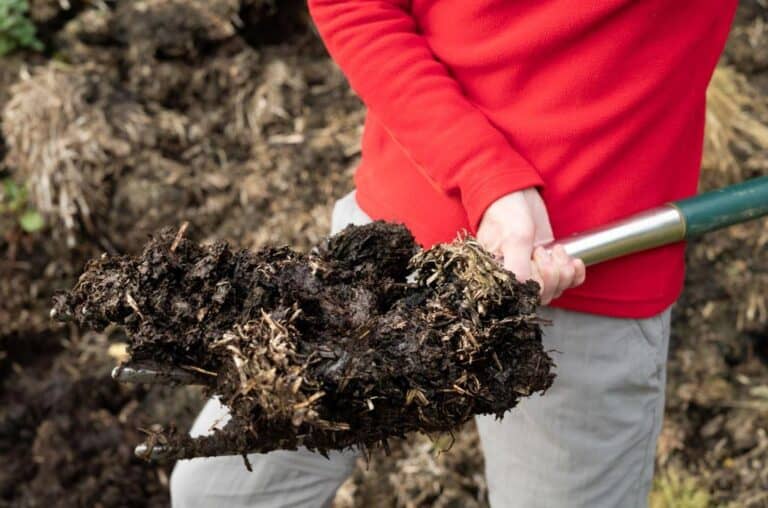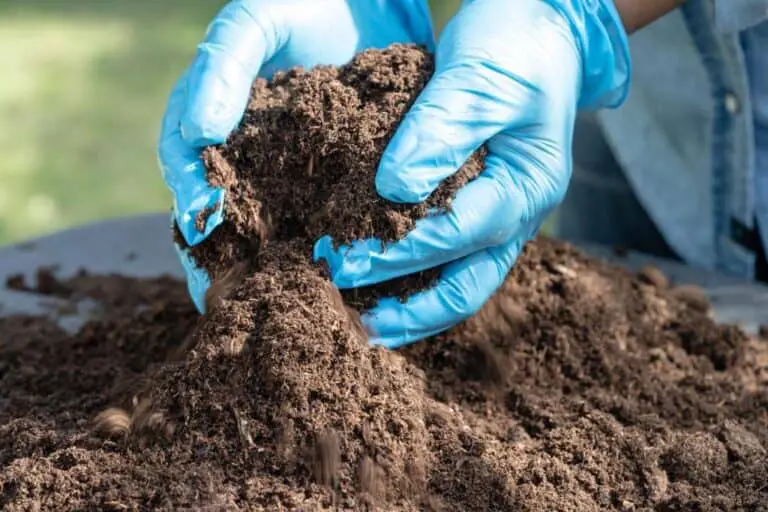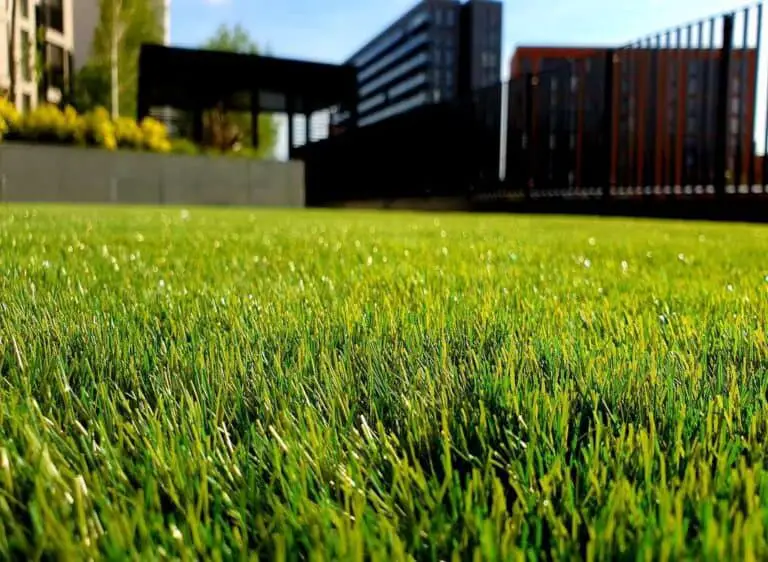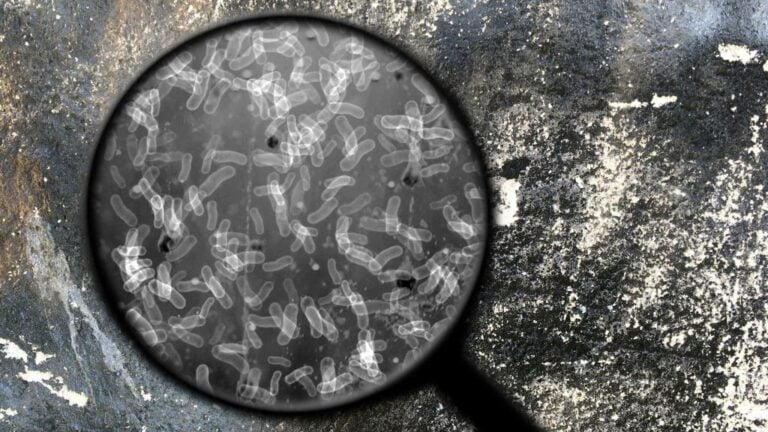How Long Should You Leave Compost to Sit and Cure Before Using It?
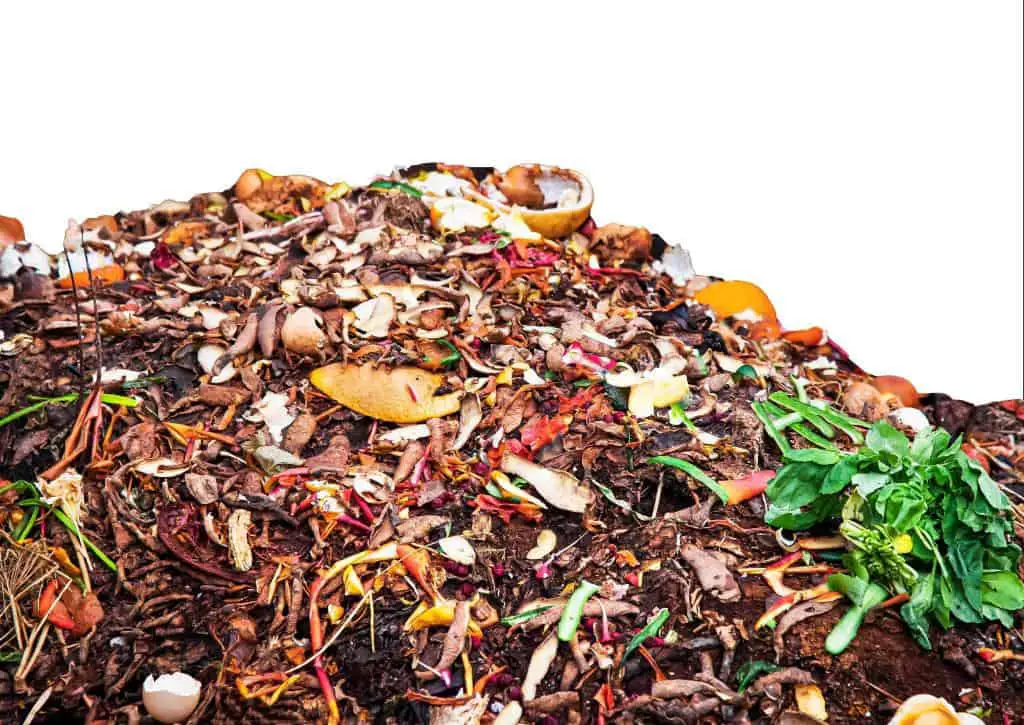
When it comes to nurturing our plants and gardens, compost can be a game-changer.This nutrient-rich organic matter improves soil fertility. It also aids plant growth. However, the key to unlocking its full potential lies in allowing the compost to mature appropriately before using it.
Yes, patience is indeed a virtue in gardening! In this article, we delve into the importance of giving your compost ample time to transform into a rich and balanced medium. This will optimize your growing endeavors.
The purpose of this article is to guide home gardeners and compost enthusiasts in determining the ideal timeframe for compost maturation. We’ll explore various factors that influence decomposition rates. These factors include the ingredients used, environmental conditions, and cultivation goals.
With practical tips and proven techniques at hand, you’ll gain insights on how long you should let your compost sit before reaping its bountiful benefits. So grab your gardening gloves and get ready to unlock the secrets of successful composting!
How Long Should You Leave Compost to Sit and Cure Before Using It?
Compost is ready to use after anywhere from one to 12 months. It depends on many factors: the size of the materials placed in the compost system, the degree of management, and the intended use.
Planet Natural suggests waiting several weeks for compost to cure, and it’s done. The curing period can be as short as one month or longer than a year. The extra time for curing allows the microbes that operate at lower temperatures to put the finishing touches on the compost.
After a year, most cool piles are ready to be used. In general, the entire composting process can take anywhere from 6 months to 2 years, depending on how it’s made and what it’s for.
Factors Influencing Compost Maturity
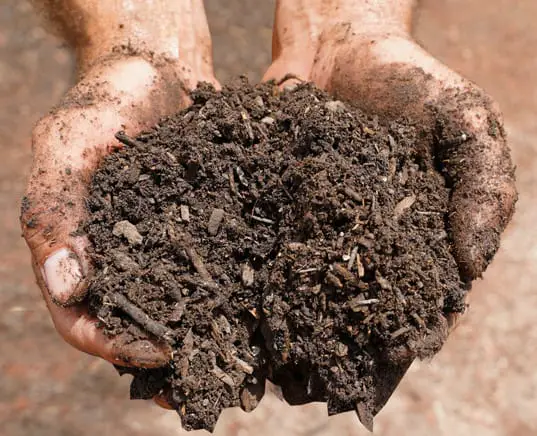
a. Proper balance of carbon- and nitrogen-rich materials
Achieving a proper balance between carbon (C) and nitrogen (N) is crucial for compost maturity. Carbon-rich materials, such as dry leaves, straw, or shredded paper, provide the energy source for microorganisms. They use it to break down organic matter.
Kitchen scraps and grass clippings are rich in nitrogen. They supply the necessary nutrients for microbial activity. For optimal results, aim for a C:N ratio of around 30:1 in your compost pile.
b. Adequate moisture levels
Moisture is essential for compost decomposition. It hydrates microorganisms and helps them absorb nutrients during their metabolic processes. To ensure adequate moisture levels in your compost pile, keep it as damp as a wrung-out sponge. Sprinkle water onto the pile if it feels too dry, but be cautious not to make it overly soggy, as this can lead to anaerobic conditions.
c. Oxygen circulation
Oxygen is vital for the survival of aerobic microorganisms. They break down organic material efficiently and reduce odor issues from anaerobic decay. Achieve proper oxygen circulation by regularly turning or aerating your compost pile. Use a pitchfork or shovel every two weeks or so.
Key Signs Indicating When Compost Is Ready for Use
1. Temperature Stability
One of the key indicators that your compost is ready to be used in your garden is when the temperature stabilizes. During the decomposition process, active composting generates heat. This happens as beneficial microorganisms break down organic materials. Initially, the internal temperature can reach high levels, sometimes over 140°F (60°C).
However, once most of the decomposition has occurred and the microbes have done their work, the temperature will begin to drop significantly. A stable temperature range between 90°F and 110°F (32°C and 43°C) suggests that the majority of percentage organic matter has been decomposed and that it’s safe to use.
2. No Recognizable Organic Matter Remains
Another reliable sign that your compost is mature and ready for use is when there are no recognizable pieces of organic material left in it. Well-aged compost should appear dark brown or black with a crumbly texture in its final stages. It should look like soil, not like food scraps or yard waste.
If you can still identify twigs, leaves, or other ingredients in your initial pile or bin, allow more time for further decomposition. Then, apply it to plants.
3. Earthy Smell
A pleasant earthy smell coming from your compost indicates successful maturation. It shows that the compost is ready for application. Fresh organic matter may emit odors like ammonia or sulfur during the early decomposition stages. This is because anaerobic bacteria break down nitrogen-rich compounds into less desirable byproducts.
This isn’t ideal for plant growth since these odors can cause root damage if directly applied without proper breakdown first! Mature compost has an earthy aroma similar to rich soil. This happens because beneficial aerobic bacteria transform complex organic molecules into simpler forms, like humus.
4. A Significant Reduction in Pile Volume
You will see a noticeable reduction in pile volume, which is a strong indicator. As organic matter breaks down, it undergoes a transformation, diminishing in size and weight. This shrinkage is a tangible sign that the composting process has been effective.
You can observe the texture of the compost. When it’s ready, the waste materials have decomposed into small, soil-like particles. They’re no longer recognizable. This transformation signifies the conversion of kitchen scraps and yard waste into a rich, nutrient-dense material. It is suitable for enhancing soil fertility.
| Also see: Using a Microwave to Sterilize Compost |
Four Reasons Why Leaving Compost Longer May Be Beneficial
1. Reduced Risk of Weed Seeds Germination
One of the benefits of leaving compost for a longer period is that it reduces the likelihood of weed seeds germinating in your garden or plant beds. Compost that hasn’t fully matured may still contain viable weed seeds. These can frustrate your gardening efforts by competing with desired plants for nutrients and water.
By allowing compost to mature for an extended period, you give time for high temperatures to kill off any lingering weed seeds. This reduces unwanted competition and saves you time and effort down the line.
2. Potential Increase in Nutrient Availability
Composting involves organic matter breaking down into simpler forms through decomposition. Microorganisms, like bacteria and fungi, carry out the process. As compost matures over time, these microorganisms continue their work, breaking down complex organic compounds into more readily available forms of nutrients for plants to absorb.
By allowing compost to age before using it in your garden, you maximize its nutritional value, ensuring that your plants receive a steady supply of essential elements required for healthy growth.
3. Improved Soil Structure
Another reason to leave compost longer is that it contributes to improved soil structure. Matured compost provides better drainage capabilities while retaining moisture effectively—qualities vital for promoting overall plant health and root development.
By giving your compost sufficient time to age properly, you allow the decomposition process to break down bulky materials like wood chips or straw thoroughly. This results in finer particles that improve soil texture when mixed with existing soils.
4. Minimization of Harmful Pathogens
Leaving your compost pile undisturbed for an extended period also helps minimize the presence of harmful pathogens. They are commonly associated with fresh organic waste materials such as kitchen scraps or manure. Some pathogens are beneficial during decomposition, such as those that convert nitrogenous waste into usable forms. Others can pose risks if they are present before maturation is complete.
Allowing ample time ensures higher temperatures and microbial activity within the compost pile. This effectively kills off harmful pathogens that may be detrimental to your plants or even human health.
Hot vs Cold Composting
Determining the optimal maturity timeframe for your compost can be a subjective process. It depends on several factors, such as individual preferences and gardening goals.
One approach is to use hot or active composting methods, which allow for faster decomposition and shorter waiting periods before the compost is ready to use. With this method, you can expect your compost to reach maturity in as little as four to six weeks.
On the other hand, cold composting methods involve longer waiting periods. However, they require less effort and maintenance. This is a great option if you have limited time or prefer a more hands-off approach. Compost produced through cold methods may take anywhere from several months up to a year or more before it fully matures.
It’s important to note that, regardless of the technique you choose, regular monitoring of your compost pile is crucial. Keep an eye on factors like temperature and moisture levels throughout the decomposition process. Adjustments may need to be made along the way, such as turning the pile more frequently or adding additional materials for balance.
The Importance of Allowing Proper Maturation
Patience is essential when it comes to composting. The exact timeframe for compost maturation can vary. It depends on factors like the materials used and environmental conditions. It’s crucial to allow your compost to fully mature before using it in your garden or plant beds.
One of the main benefits of letting compost mature is that it allows for the decomposition process to complete fully. During this process, microorganisms break down organic matter into nutrient-rich humus. Humus is a dark brown material that helps improve soil structure and fertility. By giving your compost enough time to reach this stage, you ensure that it contains a higher concentration of nutrients. This makes the nutrients more available to plants.
Moreover, properly matured compost also goes through thermophilic phases. High temperatures are generated due to microbial activity. This heat helps kill off weed seeds and pathogenic organisms present in raw materials, reducing the risk of disease transmission or weed growth when applied to gardens or plant beds.
So by allowing your compost adequate time to mature, you not only enhance its quality but also safeguard the health of your plants.
Remember, though, that these guidelines are meant as general recommendations. Every situation may differ based on individual preferences and unique circumstances, such as climate, available space for turning piles regularly, etcetera. It’s always worth experimenting with smaller-scale projects first, like container gardening or raised beds. Doing so allows for flexibility later, rather than committing to larger areas where adjustments can’t be made.

